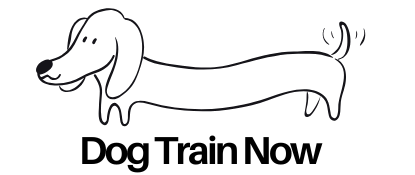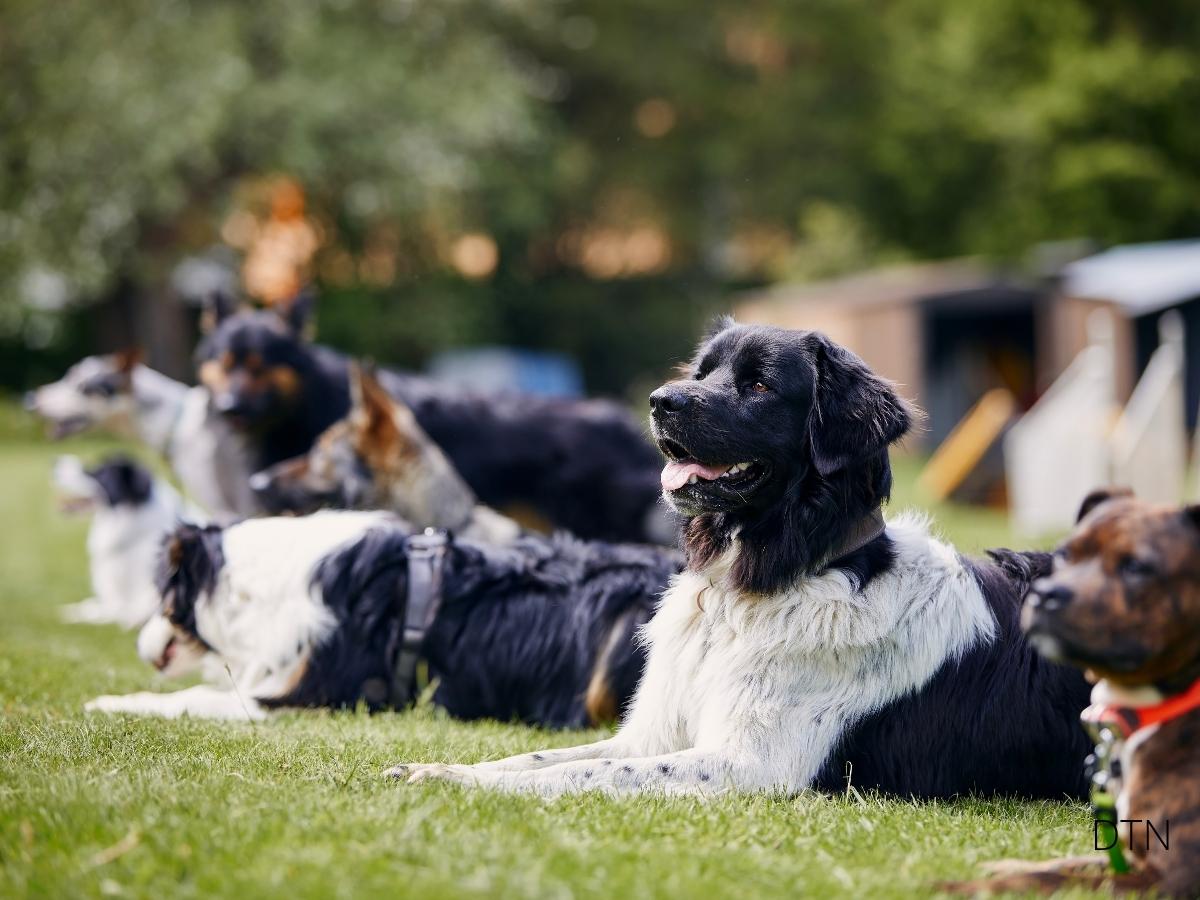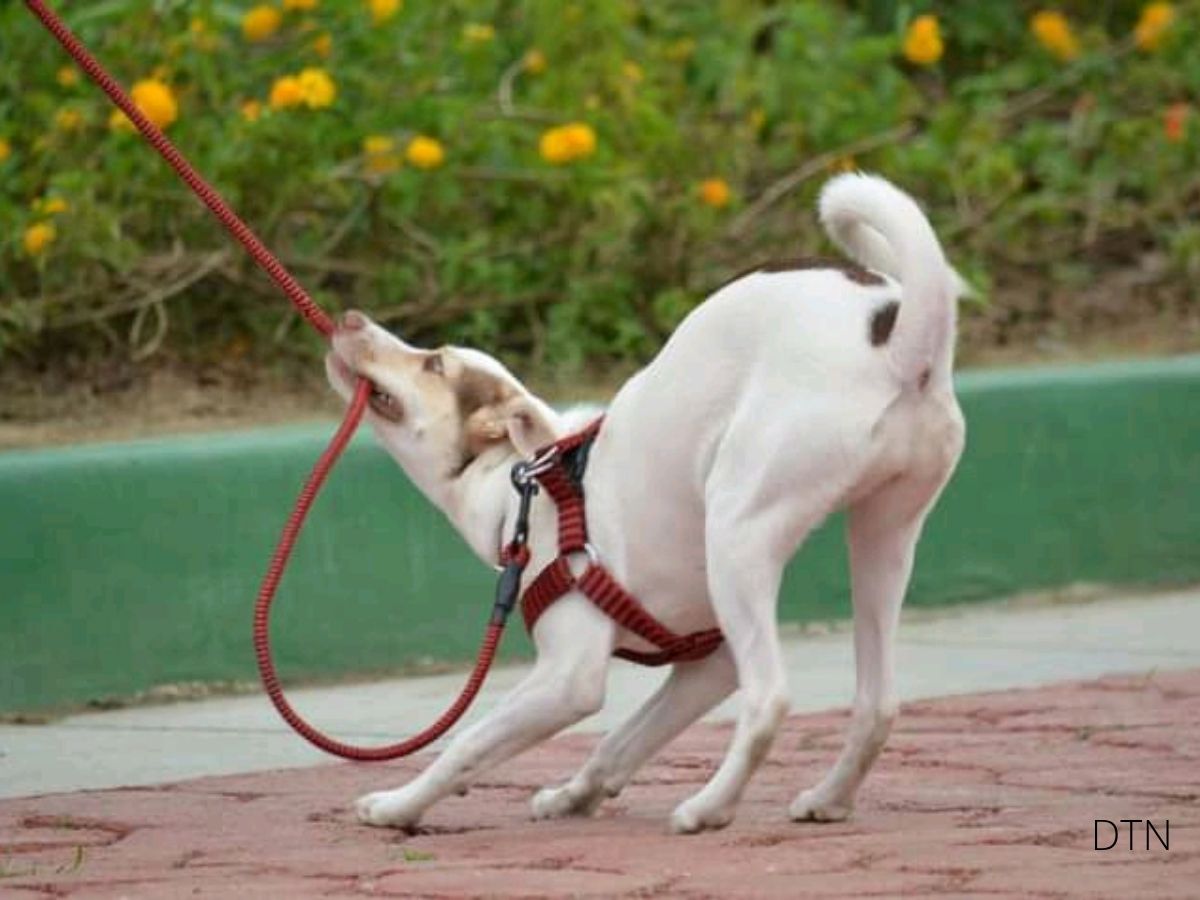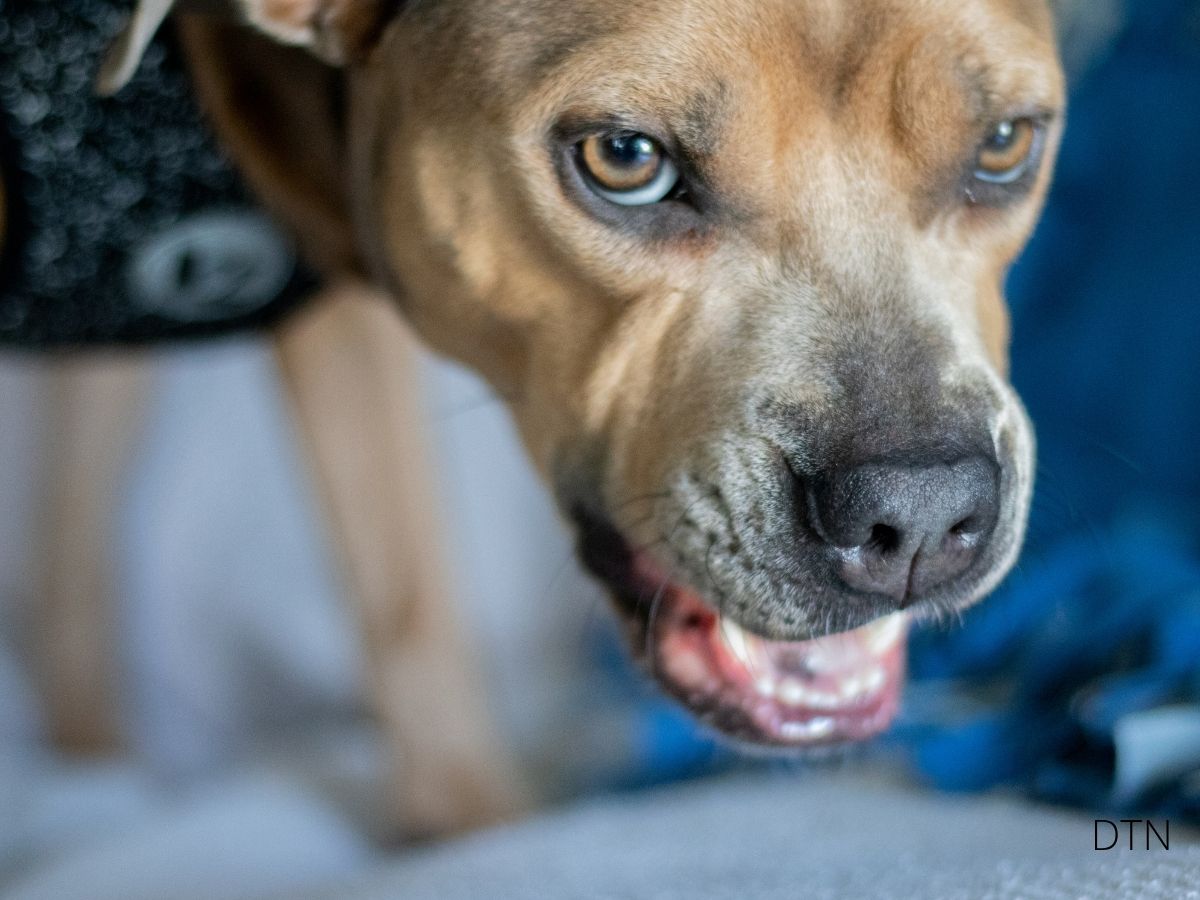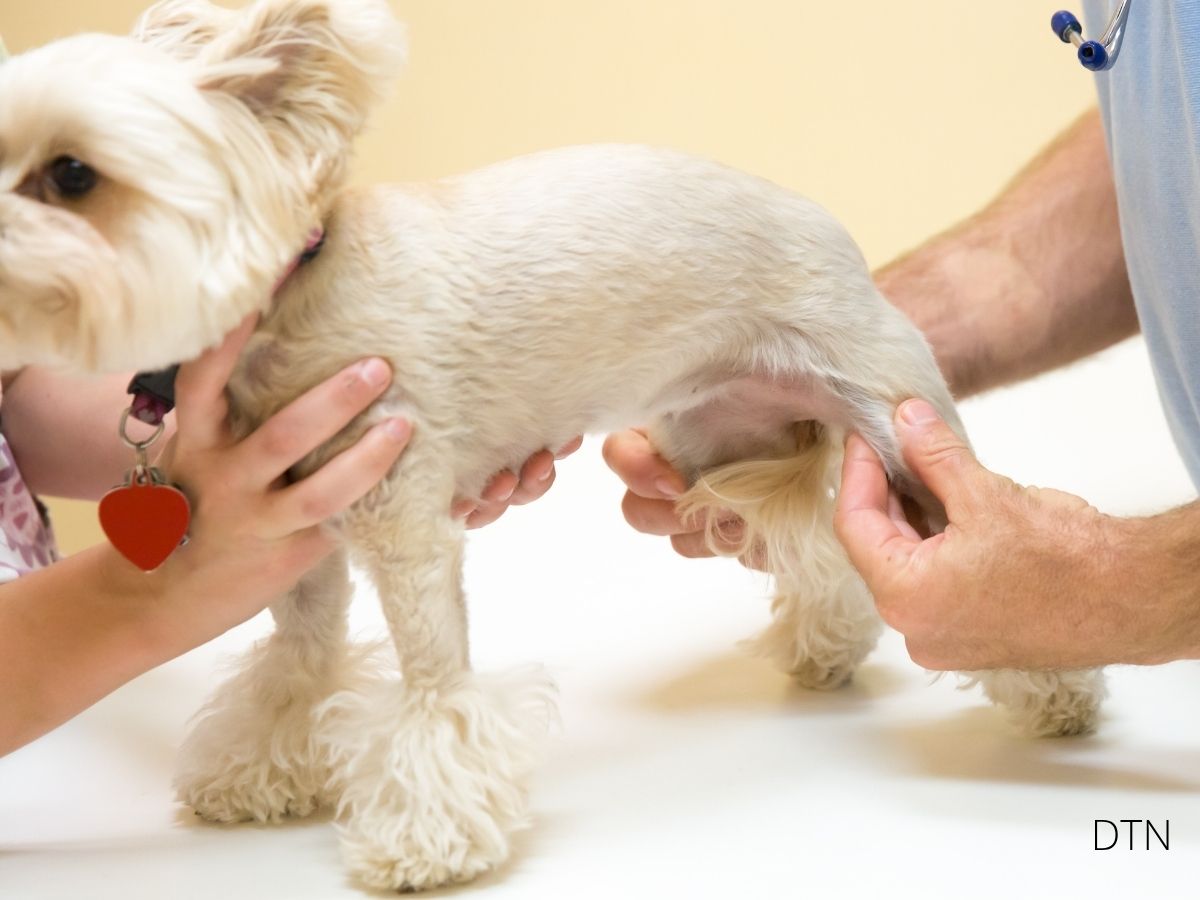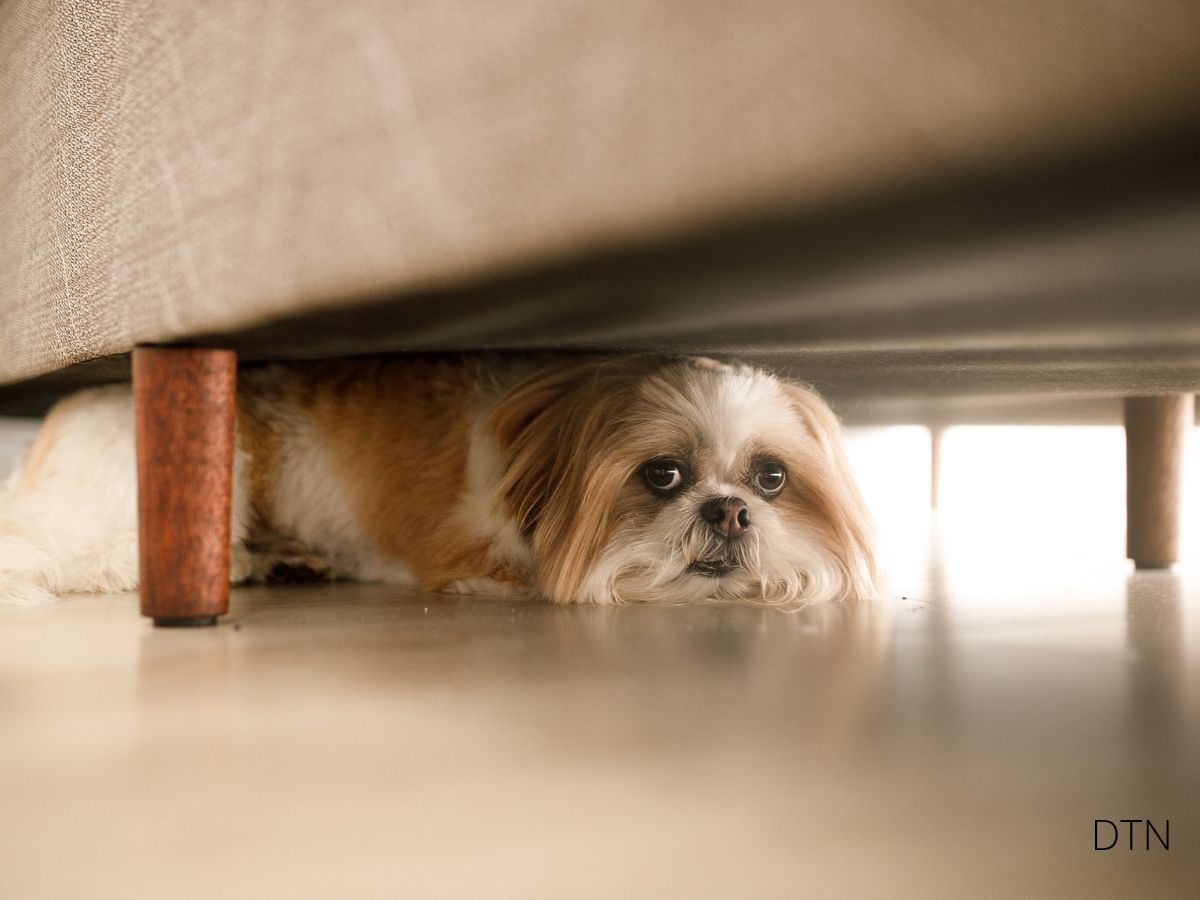Introduction: Redefining Obedience as Partnership
For decades, dog training has centered on a single concept: control. The handler commands, the dog obeys. Yet beneath this traditional framework lies a question we rarely ask—what happens to your dog’s internal world when every decision is made for them?
Research shows that in humans, constant external control leads to motivation loss, feelings of failure, and an overwhelming sense that life is uncontrollable. Your dog, with their rich emotional landscape and cognitive complexity, experiences something remarkably similar.
This guide introduces you to controlled choice training—empowering your dog to make limited, guided decisions within structure. Through the NeuroBond approach, we understand that trust becomes the foundation of learning when your dog experiences both predictability and freedom in equal measure. Let us guide you through this transformative shift where cooperation becomes a choice your dog is excited to make, not a command they must follow. 🧡
The Science Behind Choice: Why Autonomy Matters
Perceived Control and Your Dog’s Brain
When dogs experience perceived control—the sense that their actions influence outcomes—their entire neurological system responds differently. Studies on self-determination theory reveal that perceived autonomy enhances intrinsic motivation while reducing stress.
What happens during choice-based learning:
- The dopamine reward system activates more strongly, creating deeper motivation pathways
- The prefrontal cortex, responsible for problem-solving and impulse control, functions optimally
- The amygdala shows reduced hyperactivity compared to command-only scenarios
- Cognitive flexibility develops more robustly, helping your dog adapt to new situations
The contrast with learned helplessness is striking. When dogs lack agency and face constant external control, their learning flexibility diminishes, motivation erodes, and that bright, engaged spark begins to fade.
Emotional Self-Regulation Through Decision-Making
Emotional self-regulation is your dog’s capacity to manage feelings and efficiently face environmental demands. Here’s what many trainers miss: you cannot train emotional regulation through commands alone. Your dog learns to manage their internal state by practicing decision-making in safe, structured scenarios.
When your dog chooses to sit calmly near a distraction instead of being commanded to do so, they’re not just performing a behavior—they’re actively managing their curiosity, excitement, or anxiety. That’s true learning. That’s emotional growth.
How emotional states affect learning:
- Curiosity opens learning pathways and enhances memory consolidation
- Moderate arousal provides energy and focus without overwhelming cognitive processes
- Fear or high anxiety narrows focus to survival responses, making choice-making impossible
- Calm engagement creates optimal conditions for thoughtful decisions
For rescue dogs or those with adverse early experiences, the ability to make choices becomes not just a training tool but a therapeutic intervention. You’re teaching your dog that the world can be predictable and that they have influence over their experience. 🧠
The Neurobiological Evidence
Hormonal Changes That Tell the Story
Your dog’s endocrine system reveals whether you’re building confidence or creating stress:
Cortisol (stress hormone): Choice-based training shows lower cortisol baselines and faster recovery after challenging tasks compared to command-only methods.
Oxytocin (bonding hormone): Dogs release oxytocin during eye contact with their humans. Choice-based interactions that lead to successful outcomes enhance this release, creating a positive feedback loop where trust enables choice and choice strengthens trust.
Dopamine (motivation molecule): Neural reward systems activate more intensely when dogs make successful self-directed decisions, developing intrinsic motivation that’s more sustainable than external rewards alone.
Heart Rate Variability: The Autonomic Balance Indicator
Heart rate variability (HRV) measures the variation in time between heartbeats, providing a window into your dog’s autonomic nervous system balance. Higher HRV indicates flexibility and resilience; lower HRV suggests stress.
When you offer your dog choices within training, their HRV typically improves, indicating greater autonomic flexibility, better emotional regulation, and enhanced ability to shift between arousal and calm states. The Invisible Leash concept embodies this principle: when awareness rather than tension guides the path, your dog’s nervous system remains balanced and conducive to learning.
Generalization: Learning That Transfers
Can your dog perform a behavior in your living room but falls apart at the park? This is the generalization gap. Studies demonstrate that generalization develops through meaningful learning experiences, not repetitive drilling.
When dogs understand the principle behind a behavior—when they’ve made choices about it repeatedly across contexts—they can extend that knowledge to novel situations. Your dog learns the concept, not just the command-response pattern, making them more adaptable and confident.
Practical Implementation: Creating Choice Points
Types of Meaningful Decisions
Not all choices are equally impactful. The most effective choice points feel meaningful to your dog while aligning with your goals.
Directional choices:
- Allow your dog to choose the path at safe intersections during walks
- Let them select which area to work in during training
- Offer options for where to settle during station training
Pacing choices:
- Allow variation in behavior execution speed when safety permits
- Let them choose when to take breaks during training sessions
- Permit variation in recall approach speed (as long as they come)
Engagement choices:
- Offer selection between toys, treats, or social praise as rewards
- Allow your dog to choose whether to engage with a distraction or check in with you
- Provide options for interaction style during play
The choice to disengage:
- Teach your dog they can choose to move away from overwhelming situations
- This paradoxically improves engagement because your dog trusts they won’t be trapped in stress
Reducing Reactivity Through Choice
Reactivity often stems from your dog feeling they have no options when faced with triggers. By integrating choice points, you give your dog’s prefrontal cortex a chance to engage before the reactive response takes over.
Practical applications:
- Before your dog reaches threshold near triggers, offer: “Check in with me, or let’s change direction?”
- In recall training: “Come now, or take five more seconds to explore, then come”
- During stationing: Allow your dog to choose their exact position and permit brief check-outs to assess the environment
Those moments of Soul Recall—when your dog intuitively chooses to return to you not from command but from connection—reveal how memory and emotion intertwine in behavior.
Dogs’ lives are too short. Their only fault, really.
– Agnes Sligh Turnbull
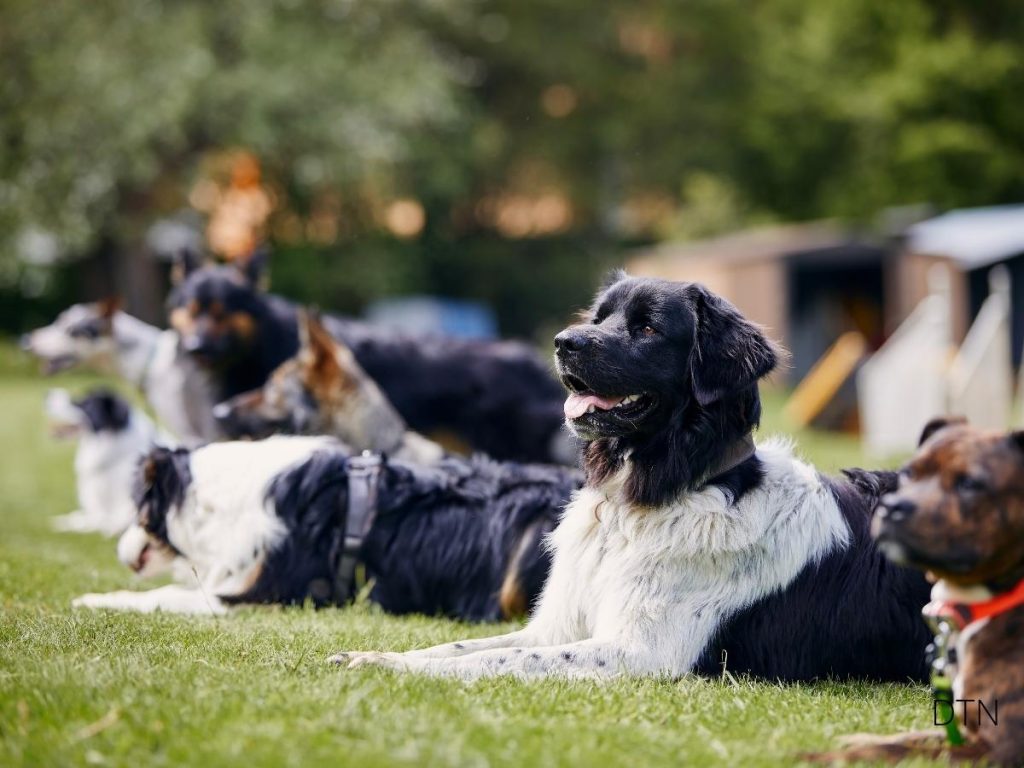
The Human Factor: Your Essential Role
Emotional Neutrality and Timing
Your emotional state profoundly influences your dog’s confidence in making choices. Research on the human-dog bond demonstrates that human interaction can reduce cortisol in dogs during stressful situations—but only when the human remains emotionally regulated.
Developing emotional neutrality:
- Maintain steady breathing and relaxed body language regardless of your dog’s choices
- Release attachment to specific outcomes during training
- View “mistakes” as information rather than failure
- Present choices before your dog reaches emotional threshold
Timing essentials:
- Allow sufficient processing time—your dog’s prefrontal cortex works slower than their limbic system
- Reward the decision to engage with the choice, not just the specific choice made
- Mark successful decisions immediately to create clear cause-and-effect understanding
Building Trust Through Consistency
Trust, measured through voluntary behaviors like eye contact, proximity seeking, and following without commands, transforms when you consistently honor your dog’s choices within safe boundaries.
The NeuroBond Framework suggests that mutual trust arises when human control and canine autonomy form a regulatory loop of predictability and freedom. Your dog learns: “My human sets clear boundaries, but within those boundaries, my choices matter.”
How trust deepens:
- Eye contact shifts from commanded behavior to voluntary connection your dog actively seeks
- Proximity becomes elastic—your dog feels confident moving away because they trust your return
- Voluntary following emerges from curiosity and relationship rather than fear
- Your dog develops genuine confidence, not just trained responses
Applications for Behavioral Challenges and Welfare
Trauma-Informed Training for Reactive Dogs
For dogs with anxiety disorders, rescue backgrounds, or early adverse experiences, traditional command-based training can inadvertently recreate trauma conditions—lack of control, unpredictability, helplessness.
Structured autonomy becomes therapeutic, directly addressing reactive behavior’s root: the perception that the world is uncontrollable and unsafe.
How choice-based training supports recovery:
- Predictability within flexibility: Your dog learns certain frameworks remain constant while their choices matter
- Reduced learned helplessness: Each successful choice counters the belief that nothing they do matters
- Emotional safety enables learning: When your dog feels safe, their nervous system shifts from defensive to social engagement mode
- Gradual comfort zone expansion: Your dog sets their own recovery pace through choices
Redefining Obedience as Cooperative Decision-Making
Traditional obedience as submission represents outdated understanding of canine cognition. The most reliable, resilient dogs cooperate by choice, not compliance under pressure.
Benefits of this paradigm shift:
- More stable behavior across contexts because it’s rooted in genuine understanding
- Reduced training failures due to motivation loss or shutdown
- Enhanced welfare through respect for your dog’s cognitive and emotional needs
- Stronger bonds built on mutual respect rather than dominance hierarchies
This doesn’t mean your dog does whatever they want. Structure, boundaries, and clear communication remain essential. But within that framework, your dog becomes an active participant in their education. That balance between science and soul—that’s the essence of Zoeta Dogsoul. 🧡
Getting Started: Your First Steps
Creating Your First Choice Points
Start small and simple. Introducing too much choice too quickly can overwhelm both you and your dog.
Beginner exercises:
The Path Choice Walk: At safe intersections, present two directions with invitational body language. Wait for your dog to indicate preference and follow their choice enthusiastically.
The Toy Selection: Present two toys and allow your dog to choose which to play with. Engage fully with whatever they select.
The Engagement Choice: After training repetitions, offer: “More training or play break?” Use clear physical cues and honor whichever your dog chooses.
The Pacing Practice: When asking for known behaviors, allow variation in execution speed. Reward the behavior regardless of performance speed.
Troubleshooting Common Challenges
My dog seems confused: Simplify to binary choices with obvious physical cues. Ensure the environment is calm enough for cognitive processing.
My dog always chooses the same thing: This is normal initially. Their confidence in having a preference is the goal, not variation.
I feel like I’m losing control: Revisit your boundaries. True control comes from your dog choosing to cooperate because the relationship is rewarding.
My dog shuts down: This often indicates learned helplessness. Make choices extremely simple and heavily reward any decision-making attempt.
Conclusion: A New Vision for Canine Education
The controlled choice framework represents more than a training method—it’s a philosophical shift in how we understand and relate to our dogs. By recognizing that obedience rooted in cooperative decision-making creates more resilient, engaged, and emotionally balanced companions, we honor the cognitive complexity and emotional depth our dogs possess.
This approach requires emotional regulation, patience, and flexibility from us as handlers. But the rewards—deeper trust, stronger bonds, and genuinely reliable cooperation—far exceed the investment.
Next time you reach for a command, pause and ask: Could this moment become a choice point instead? Could I guide rather than direct, invite rather than demand? In those moments lies the transformation of training into genuine education, and obedience into partnership.
That regulatory loop of predictability and freedom, that sacred space where awareness rather than tension guides the path—this is the heart of choice-based training. Your journey begins with a single decision point, a moment of trust, an invitation to your dog to think, choose, and engage. The path ahead is collaborative, and the destination is a relationship richer than commands alone could ever create. 🧡
